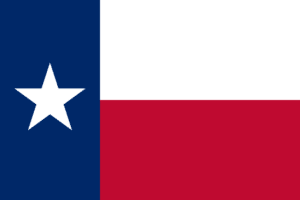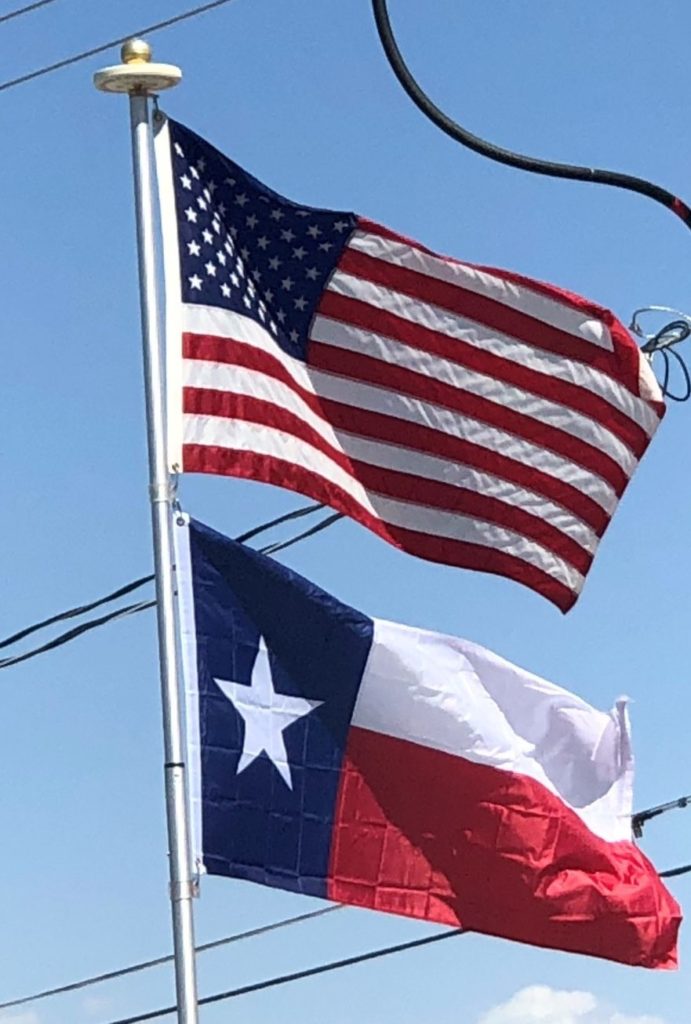
The next five largest airports in the state are: Austin-Bergstrom International Airport, William P. Hobby Airport, San Antonio International Airport, Dallas Love Field and El Paso International Airport.
Ports:
Around 1,150 seaports dot Texas’s coast with over 1,000 miles of channels. Ports handle an average of 317 million metric tons. The Port of Houston today is the busiest port in the United States in foreign tonnage, second in overall tonnage, and tenth worldwide in tonnage.
Railroads:
Both Dallas and Houston feature light rail systems. Dallas Area Rapid Transit (DART) built the first light rail system in the Southwest United States, completed in 1996.

The Trinity Railway Express (TRE) commuter rail service, which connects Fort Worth and Dallas, is provided by the Fort Worth Transportation Authority (the T) and DART. In the Austin area, Capital Metropolitan Transportation Authority operates a commuter rail service known as Capital MetroRail to the northwestern suburbs. The Metropolitan Transit Authority of Harris County, Texas (METRO) operates light rail lines in the Houston area.

Amtrak provides Texas with limited intercity passenger rail service. Three scheduled routes serve the state: the daily Texas Eagle (Chicago–San Antonio); the tri-weekly Sunset Limited (New Orleans–Los Angeles), with stops in Texas; and the daily Heartland Flyer (Fort Worth–Oklahoma City).
Flag of Texas:
The history of the flag of Texas is rich and complicated with dozens of flags having been flown over the state over the years. For those deeply interested in these many additional flags, please refer to this excellent resource.
The official flag of the U.S. state of Texas is well known for its prominent single white star which gives the flag its commonly-used name: “Lone Star Flag”. The flag, flown at homes and businesses statewide, is highly popular among Texans and is treated with a great degree of reverence and esteem within Texas.

Flag Design:
The state flag is officially described by law as:
a rectangle that: (1) has a width to length ratio of two to three; and (2) contains: (A) one blue vertical stripe that has a width equal to one-third the length of the flag; (B) two equal horizontal stripes, the upper stripe white, the lower stripe red, each having a length equal to two-thirds the length of the flag; and (C) one white, regular five-pointed star: (i) located in the center of the blue stripe; (ii) oriented so that one point faces upward; and (iii) sized so that the diameter of a circle passing through the five points of the star is equal to three-fourths the width of the blue stripe.[3]
History and Adoption:
Legislation authorizing this flag was introduced in the Congress of the Republic of Texas on December 28, 1838, by Senator William H. Wharton and was adopted on January 25, 1839, as the final national flag of the Republic of Texas. When Texas became the 28th U.S. state on December 29, 1845, the national flag became the state flag.
